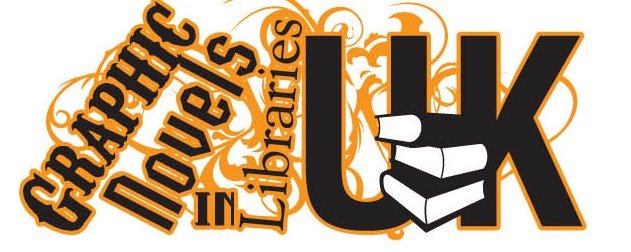The art style is very reminiscent of the 60s. Black and
white line drawings work really well and make it surprisingly very easy to tell
the characters apart. It works so well that some pages have no dialogue but
still tell an emotional story.
This is a biography; I really didn’t know much about the
people involved (apart from ‘The Beatles’). No knowing who Astrid was does not
matter. The characters are well realised and so sympathetic that the reader is
really hoping things will turn out for the best. It is translated from German but it has been
done so well that the reader doesn’t realise it’s a translation.
There’s mention of drugs, cigarettes and alcohol, so this is not for children. Teenagers would get
something out of this because of the realism of the club scene. It is an
unusual love story that could appeal to anybody.
